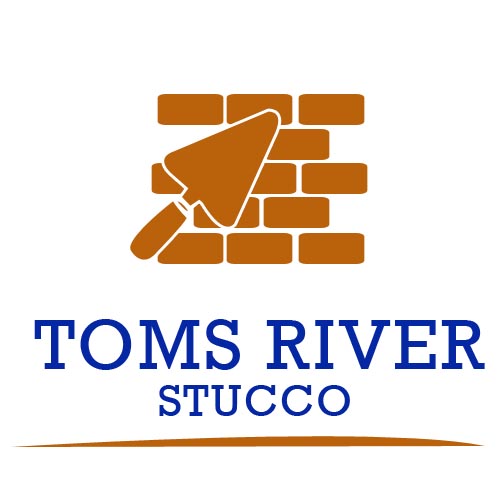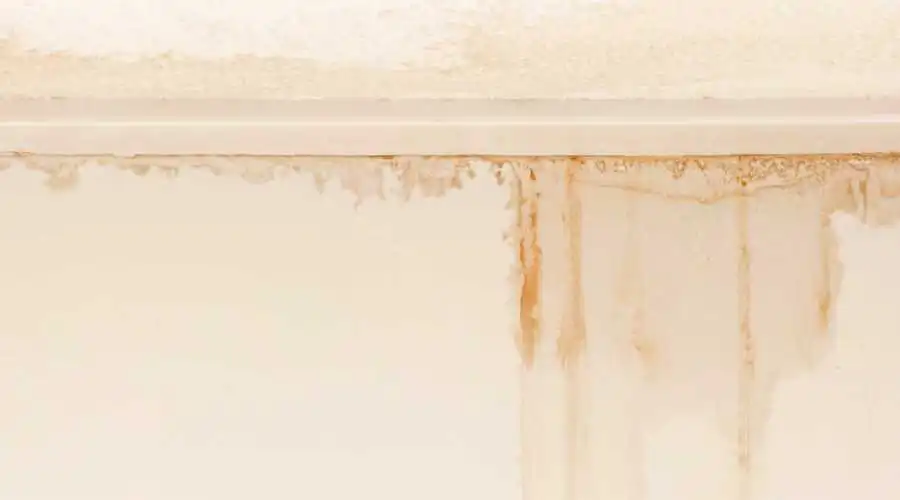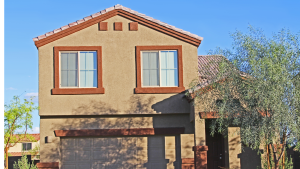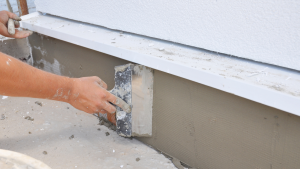Stucco walls offer an appealing and durable option for home siding. However, improper installation and various factors can lead to water infiltration, posing a serious threat to your home’s integrity. Addressing stucco water intrusion swiftly is crucial, as it can result in mold growth and extensive water damage. To effectively deal with this issue, it’s essential to comprehend the mechanisms behind stucco water penetration.
Exploring the Pathways of Stucco Water Intrusion
While stucco is designed to be resistant to water, there are several ways water can infiltrate stucco walls if proper precautions aren’t taken during installation and maintenance.
1. Direct Infiltration
Although stucco is typically water-resistant when properly sealed, it can sometimes fail to repel water effectively. Factors such as exposure to extreme weather conditions can weaken its protective barrier, allowing water to permeate the surface. Once water breaches the outer layer, a process known as wicking can draw moisture deeper into the stucco, exacerbating the issue. Consistent contact with moisture, such as from sprinklers or other sources, can also lead to stucco water infiltration. Even if the surface is not constantly wet, continuous exposure to moisture can compromise its integrity, making it susceptible to water penetration.
2. Cracks and Openings
Stucco provides an effective barrier against water when intact. However, cracks and openings can develop over time due to shifts in the building’s structure or other external factors. These openings create pathways for water to enter the stucco and potentially cause more extensive damage. Small cracks may form on the exterior due to natural shifts, which might not pose structural risks but can still enable water penetration. Once inside, the moisture can lead to mold growth and other related issues.
3. Improper Flashing Installation
Flashing and moisture barriers are crucial components that prevent water intrusion at points where stucco comes into contact with windows, roofs, and other structures. Poor installation of these elements can compromise their effectiveness, allowing water to infiltrate stucco walls at these vulnerable junctures. Even a small gap or inadequately installed flashing can create an entry point for water, which can lead to significant damage over time if left unaddressed.
Factors Contributing to Water Intrusion
Various factors can contribute to stucco water intrusion, necessitating vigilant observation and proactive measures to safeguard your stucco walls.
1. Planters and Close Plant Growth
Having planters, flowerbeds, or garden boxes positioned directly against your home’s exterior walls can lead to moisture transfer. Soil contains inherent moisture, and when it comes into direct contact with stucco siding, this moisture can gradually penetrate the siding.
Plants growing too close to stucco walls can create a perpetually moist environment, which is detrimental to the long-term condition of the siding. The consistent moisture transfer from the soil can compromise the stucco’s integrity.
2. Exterior Light Fixtures
Exterior light fixtures, often installed on stucco walls, can create openings that allow water intrusion. If not properly outfitted with moisture barriers, rainwater can easily infiltrate the interior of the walls through these openings. Although light fixtures are a common culprit, other outdoor installations can also contribute to water intrusion. Outdoor taps, deck or patio installations connected to the house, and other fixtures can potentially enable water infiltration if not adequately isolated.
3. Plant Growth like Ivy and Moss
While ivy and moss may enhance the aesthetics of stucco siding, they can pose significant threats as well. Ivy clings to walls using rootlets, which can penetrate the stucco surface, allowing moisture to seep inside. Over time, this can result in substantial damage and moisture infiltration. Moss, with its deep-penetrating roots, can cause even more damage to stucco siding. Quick action is essential to prevent these plants from causing irreversible harm.
Taking the Right Steps to Address Stucco Water Intrusion
If you suspect stucco water intrusion in your home, it’s essential to take prompt action. Seek out the help of experts, such as Toms River Stucco & EIFS for expert guidance and solutions. Our services include removing damaged stucco, replacements, preventive treatments, and alternative siding options to ensure your home remains resilient and visually appealing.
Preserving the integrity of your stucco walls is of paramount importance. Neglecting water intrusion issues can lead to severe damage, impacting both the structural integrity and the aesthetic appeal of your home. Contact us today to effectively address stucco water intrusion and protect your investment.




